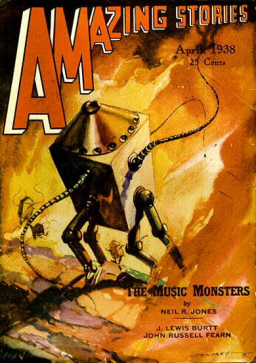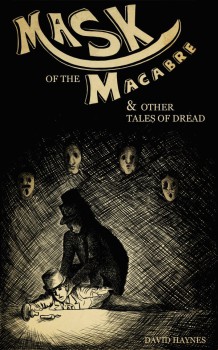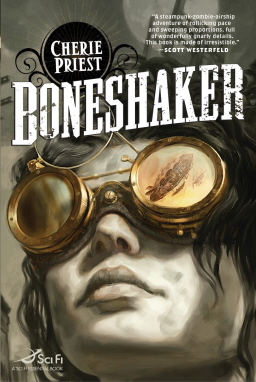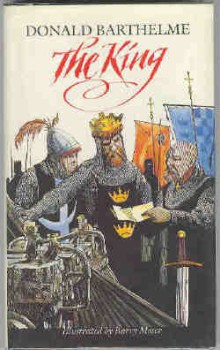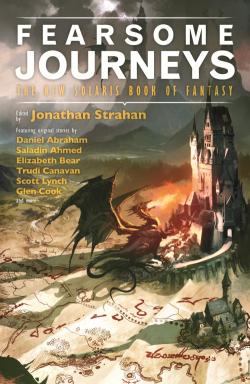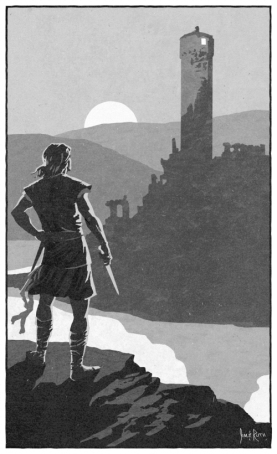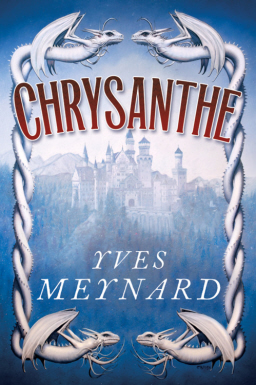July/August Magazine of Fantasy & Science Fiction now on Sale
 Pretty sedate cover on the latest F&SF. Especially when you consider recent covers have featured deadly sea creatures, dragons, and floating eyeballs. But hey – magical cats are a time-honored tradition in American fantasy, so who am I to judge?
Pretty sedate cover on the latest F&SF. Especially when you consider recent covers have featured deadly sea creatures, dragons, and floating eyeballs. But hey – magical cats are a time-honored tradition in American fantasy, so who am I to judge?
Colleen Chen at Tangent Online finds lots to like about this issue’s cover story, “The Color of Sand” by KJ Kabza, magical cats and all:
I always have high expectations when reading F&SF, but I found this issue particularly delightful. Much of it read like a selection of folk and fairy tales, complete with talking animals and legendary folk, interspersed with a couple of science fiction stories and a dash of horror for variety.
“The Color of Sand” by KJ Kabza is a whimsical tale of a five-year-old boy named Catch who lives on the edge of the dunes with his mother and his only neighbor, a talking sandcat named Bone. Catch and his mother, who pick up mysterious colorful pebble-like objects on the beach to trade and sell, discover one day that the objects, called refulgium, are magic. Catch swallows a red one and becomes a giant. Guided by Bone, he and his mother embark on a journey along the coast to the perilous Final Atoll to seek a black refulgium that will return him to normal size.
This story was such a pleasure to read. It’s smart and funny enough to appeal to adults but would also enrapture children of any age.
The issue also contains fiction by Eleanor Arnason, Tim Sullivan, Adam Rakunas, Chen Qiufan, Harry R. Campion, and many others. In a startling development, there is no contribution from Albert E. Cowdrey this issue – for the first time in two years.
